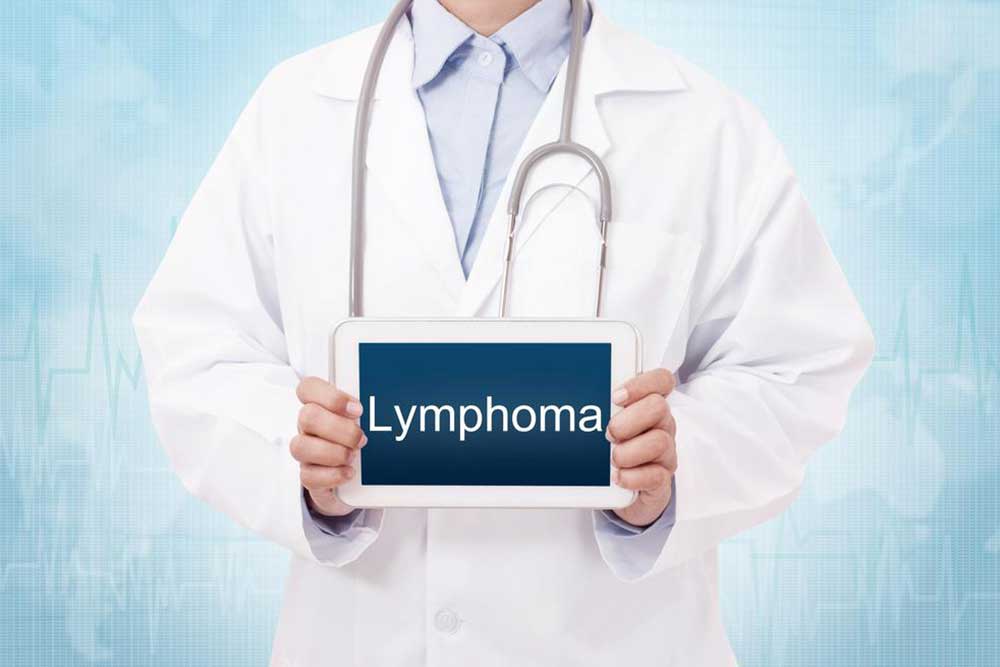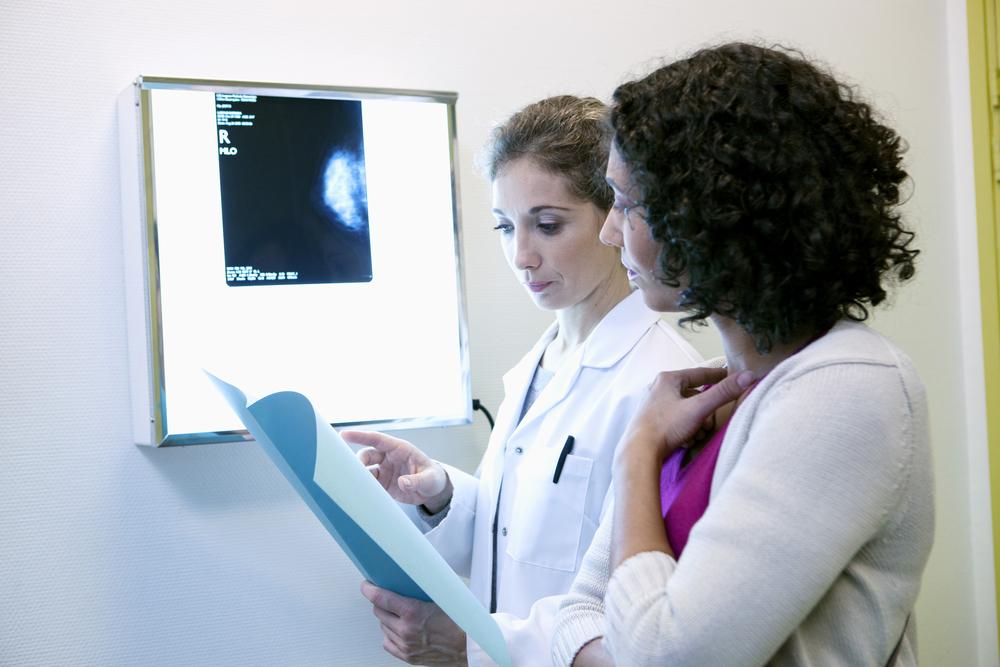Comprehensive Guide to Lymphoma: Causes, Risk Factors, Symptoms, and Early Detection
This comprehensive guide explores lymphoma, a cancer affecting the lymphatic system. It details the types, causes, risk factors, and symptoms of lymphoma, emphasizing early detection's importance. Understanding these aspects can help with timely diagnosis and improve treatment outcomes, benefiting those at risk or diagnosed with the disease.

Lymphoma represents a complex group of blood cancers that originate in the lymphatic system, a vital component of the body's immune defense network. This disease involves the abnormal proliferation of lymphocytes, a type of white blood cell crucial for fighting infections. When these immune cells grow uncontrollably, they can form tumors and interfere with the proper functioning of the lymphatic and related systems. The lymphatic system itself comprises several interconnected organs and tissues, including lymph nodes, the spleen, thymus gland, bone marrow, and certain mucous membranes. Understanding the intricacies of lymphoma, including its types, causes, and symptoms, is essential for early detection and effective treatment.
What is Lymphoma?
Lymphoma is a malignant disease that develops in the lymphatic system, affecting lymphocytes—the immune cells responsible for defending the body against infections. Unlike other cancers that originate in solid tissues, lymphoma involves the lymphoid tissue and manifests primarily as swollen lymph nodes or other enlarged lymphoid organs. It is one of the most common types of blood cancers worldwide, with various subtypes classified based on histological features, biological behavior, and genetic factors.
Types of Lymphoma
Hodgkin’s Lymphoma (Hodgkin’s Disease)
Hodgkin’s lymphoma is characterized by the presence of Reed-Sternberg cells—large abnormal lymphocytes identifiable under a microscope. It tends to affect young adults and adolescents but can occur at any age. Its cause remains partly understood, but research indicates a connection with genetic predispositions and certain viral infections, notably the Epstein–Barr virus (EBV). Hodgkin’s lymphoma usually originates in lymph nodes in the neck or chest and can spread to other areas of the lymphatic system or organs if left untreated.
Non-Hodgkin’s Lymphoma (NHL)
Non-Hodgkin’s lymphoma encompasses a broad group of lymphoid cancers that do not feature Reed-Sternberg cells. It accounts for a significant percentage of lymphoma cases worldwide and affects a diverse population across different age groups. NHL can develop from either B lymphocytes or T lymphocytes and varies widely in its aggressiveness, ranging from indolent (slow-growing) to highly aggressive forms. Its causes are multifactorial, involving genetic mutations, viral infections, immune deficiencies, and environmental exposures.
Causes of Lymphoma
The precise causes of lymphoma remain complex and are the subject of ongoing research. Several factors have been linked to increased risk, including genetic predispositions, infections, environmental influences, and immune system deficiencies. The following are key contributors to lymphoma development:
Genetic Factors: Certain genetic mutations or familial histories of lymphoma can elevate risk.
Viral Infections: Viruses such as Epstein–Barr virus (EBV), Human T-lymphotropic virus (HTLV), and Hepatitis C virus have been associated with lymphoma cases.
Immune System Suppression: Conditions like HIV/AIDS or immunosuppressive therapy post-organ transplant weaken the immune defense, facilitating abnormal cell growth.
Environmental Exposures: Prolonged exposure to certain chemicals, pesticides, and radiation may increase risk, though definitive links are still being studied.
Risk Factors for Developing Lymphoma
While anyone can develop lymphoma, certain factors heighten the likelihood, including:
Age: Although lymphoma can occur at any age, it is more common in older adults, especially over 60.
Gender: Males tend to have a slightly higher risk than females.
Family History: A familial history of lymphoma or other blood cancers increases susceptibility.
Infections: Chronic infections such as EBV, HIV, and Helicobacter pylori can raise the risk.
Immune Disorders: Conditions like autoimmune diseases or immunodeficiency states are associated with increased risk.
Environmental Exposure: Exposure to certain chemicals, pesticides, or radiation can contribute to risk.
Symptoms of Lymphoma
Recognizing the early signs and symptoms of lymphoma is vital for timely diagnosis and treatment. Common symptoms include:
Painless Swelling: Enlarged lymph nodes in the neck, armpits, or groin that are usually painless.
Unexplained Weight Loss: Significant weight loss without dietary or lifestyle changes.
Persistent Fever: Recurrent or unexplained fever that doesn't respond to typical treatments.
Night Sweats: Excessive sweating during the night, often soaking clothes or bedding.
Fatigue: Persistent tiredness and lack of energy despite adequate rest.
Itching: Unexplained itching without skin rash.
Other Symptoms: Shortness of breath, cough, or abdominal discomfort if lymphomas involve organs beyond lymph nodes.
It is important to note that these symptoms can overlap with other illnesses, but persistent or unusual signs warrant prompt medical evaluation.
The Importance of Early Detection
Early diagnosis of lymphoma significantly improves treatment success rates and patient outcomes. Medical professionals typically employ a combination of physical examinations, blood tests, imaging studies (such as CT scans, PET scans), and biopsy procedures to confirm the diagnosis. Recognizing symptoms early and seeking medical attention can prevent disease progression and enable more effective management strategies.
Conclusion
Lymphoma is a serious but treatable form of blood cancer that affects millions worldwide. Understanding its causes, risk factors, and symptoms is essential for early detection and improving prognosis. Advances in medical research continue to enhance our understanding, leading to better therapies and improved quality of life for patients. If you notice signs such as painless enlarged lymph nodes, unexplained weight loss, fever, or night sweats, consult a healthcare professional promptly. Staying informed and vigilant can make a significant difference in managing this disease effectively.





